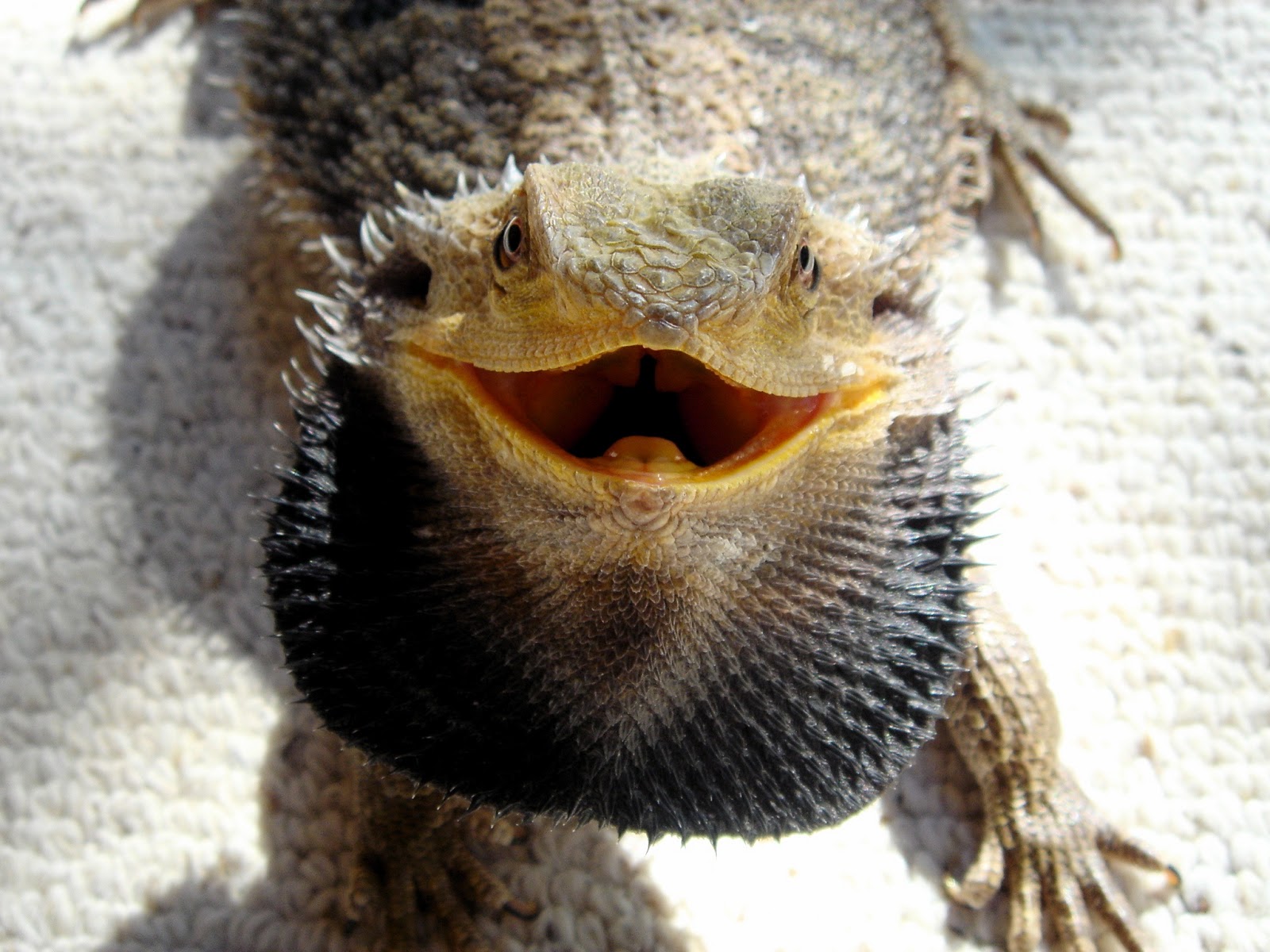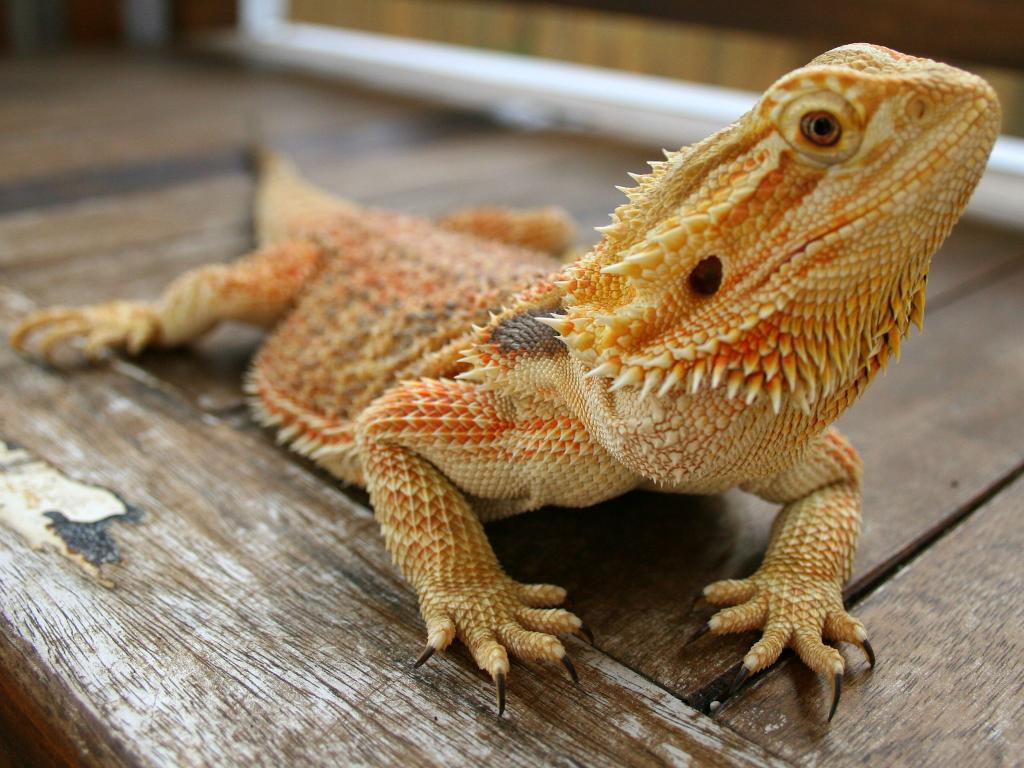What Color is Bearded Dragon Blood? A Beginner's Guide to Understanding Bearded Dragon Health
What Color is Bearded Dragon Blood? A Beginner’s Guide to Understanding Bearded Dragon Health

Bearded dragons are amazing pets that have become increasingly popular in recent years. This is because bearded dragons are docile, easy to care for and can be amazing additions to your home with a little effort. However, just like any other pet, bearded dragons are prone to health issues that need to be addressed promptly. One of the questions that most beginner bearded dragon owners ask is what color is bearded dragon blood and how do you recognize when they are bleeding. In this post, we will answer this and more questions on bearded dragon health.
What Color is Bearded Dragon Blood?
It is important to remember that bearded dragons are cold-blooded animals, which means their blood does not look the same as human blood. In fact, bearded dragon blood is usually clear or pale yellow in color. For most reptiles, the blood will appear a pale yellowish color as it circulates through the veins. While it is difficult to see bearded dragon blood without diagnostic tests, it is important to pay attention to any signs of bleeding on the skin, such as open wounds or bleeding from the nose.
If you notice that your bearded dragon is bleeding, it is essential to clean the wound as soon as possible to prevent infection. You can clean the wound with a clean cloth and warm water. If you believe the bleeding is due to an injury, it is essential to take your bearded dragon to the vet immediately. Bearded dragons can become incredibly sick from untreated wounds, and they can even die from blood loss.
Bearded Dragon Common Health Issues
Bearded dragons are healthy pets, but, like any other pet, they are prone to certain health issues. Here are some of the health issues that are common with bearded dragons:
Metabolic Bone Disease

Metabolic Bone Disease (MBD) is one common health issue bearded dragons face. MBD is caused by a lack of calcium in the diet, which can cause the bones to become soft and misshapen. Symptoms of MBD include tremors, lethargy, and disorientation. If you notice your bearded dragon is having difficulty moving, it is imperative to take it to a vet that is specialized in reptile care.
Respiratory Infections

Bearded dragons can also catch respiratory infections. Symptoms include discharge from the nose and mouth, wheezing, and coughing. If your bearded dragon exhibits any of these signs, take it to the vet immediately. Antibiotics and respiratory medication can treat respiratory infections.
Mites and Parasites

Bearded dragons can contract mites and other parasites, such as ticks and fleas. Mites can cause your bearded dragon to have itchy skin and shed its skin excessively. If you notice any of these symptoms, take it to the vet immediately. Parasites can be treated with a combination of topical and oral medication.
Bearded Dragon Health Tips
Here are some tips to keep your bearded dragon healthy and to detect any health issues early:
Feed a Healthy Diet

Bearded dragons require a healthy and balanced diet. Feed your pet a variety of insects, vegetables, and fruits to ensure it gets all the nutrients it needs to stay healthy. Avoid feeding your bearded dragon anything that can be harmful to it, such as avocado or citrus.
Provide Enough Heat and Light

Bearded dragons require heat and light to thrive. Ensure that their tanks have enough heat and UVB light to keep them healthy. Invest in a good thermometer and thermostat to regulate temperatures accurately.
Regular Veterinary Checkups

Schedule regular veterinary checkups for your bearded dragon. This will help detect any health issues before they become severe. Choose a vet that specializes in reptile care.
Conclusion
Understanding bearded dragon health is essential for a happy and healthy pet. While bearded dragon blood is not easily recognizable, it is essential to pay attention to any signs of bleeding or injury on your pet. In addition, keep an eye out for common health issues, such as Metabolic Bone Disease, respiratory infections, and parasites, which can be addressed early if detected soon enough. By following the tips mentioned in this post, you can ensure your bearded dragon stays happy and healthy for years to come.
